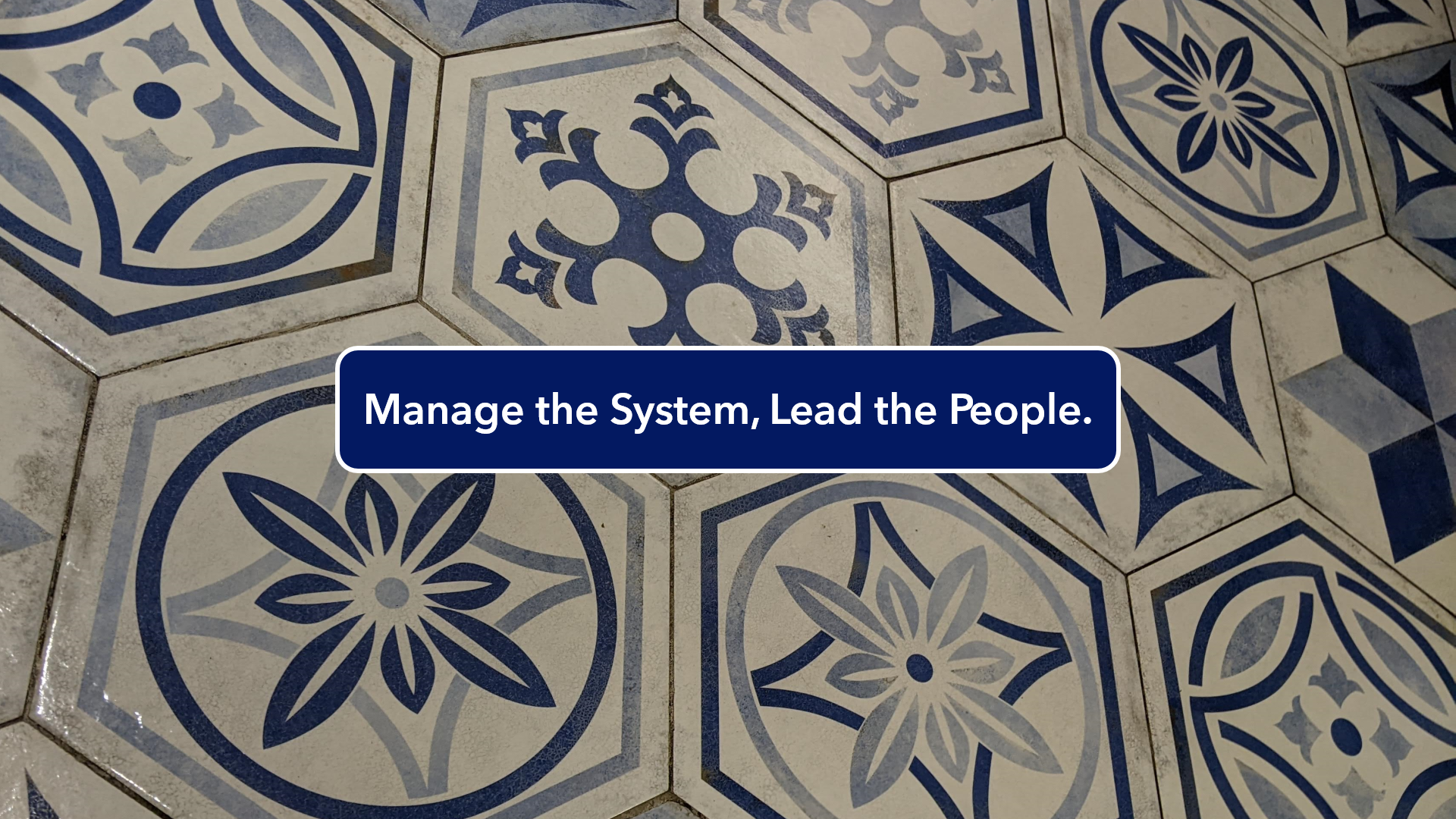
The next phase: Formation and Validation
How do we turn unFIX into a viable business that helps people make their own methods? How do we help organizations to scale out rather than scale up?

Find the Why with Jobs-to-Be-Done
Why are we still talking about product backlogs and product roadmaps? Shouldn’t they be experience backlogs and experience roadmaps? Successful companies optimize their value streams around the Jobs-to-Be-Done and the experiences that they want customers to have.

Don't implement frameworks; try some patterns.
Patterns, recipes, and practices are descriptions of observable forms or outcomes. They are not something to be implemented.

unFIX Foundation workshop (a reflection)
This week, I attended an amazing two days #unfix workshop in Munich. We had so many challenging topics and conversations. The headline is #unFIX. Questioning organisational models and understanding the design patterns.

We All Have Portfolios; Everyone Is a Strategist.
The complex systems approach is that vision, strategy, tactics, and execution exist at each level of the organization. The only things that change are the scope of the options and how we want to handle the division of labor.

It Depends and Everything Is Optional
It might be better if agile frameworks were decomposed into pattern libraries, similar to unFIX. It all depends on context, and everything is optional.

Try: Cheap, Safe, and Fast—Don’t Fail.
You only fail when you waste your money, health, or time. And you fail when you stop trying and learned nothing.

Experience Beats Product and Service
A focus on products is still sub-optimization. The customer cares more about their experience than about your product or service.

Where Is the Customer? Everywhere!
If you choose to include customers in your picture, consider including all external stakeholders. The organization exists to offer a value exchange with all stakeholders, not only customers. Everyone expects to benefit from it.

Balance High Cohesion with Low Coupling
If you make sure that no role and no team can get away with ignoring the needs of their local environments, you end up with a fully optimized organization, where nobody sees the whole picture.

Increase Simplicity, Embrace Variety
We should keep things as simple as possible. Needless complication is undesirable. But reducing variety is not an option.

Manage the System, Lead the People
Organization patterns are good when they promote leadership over management and prioritize the management of systems over the management of people.

How Do We Keep the Business Agile and Aligned?
We need purpose-driven units that can align themselves horizontally. The only reason to have management layers is when managers see themselves as caretakers of purpose-driven (sub)systems.

What Group Types and Sizes Work for You?
Define common group types (depending on context). Understand what drives people in which groups. Figure out which common group sizes work for you.

Agile Is a Race to the Bottom (Unless We Redefine What Value Means)
The focus on faster delivery of value turns everything into a commodity. Agile is a race to the bottom if we don't change how we think about value.

The unFIX Model
It is time for an alternative to SAFe, LeSS, Holacracy, Management 3.0, the Spotify model, and matrix organizations. We need something that takes flexibility to a new level, and that embraces hybrid working as the new normal. Here is my suggestion. I call it unFIX.
